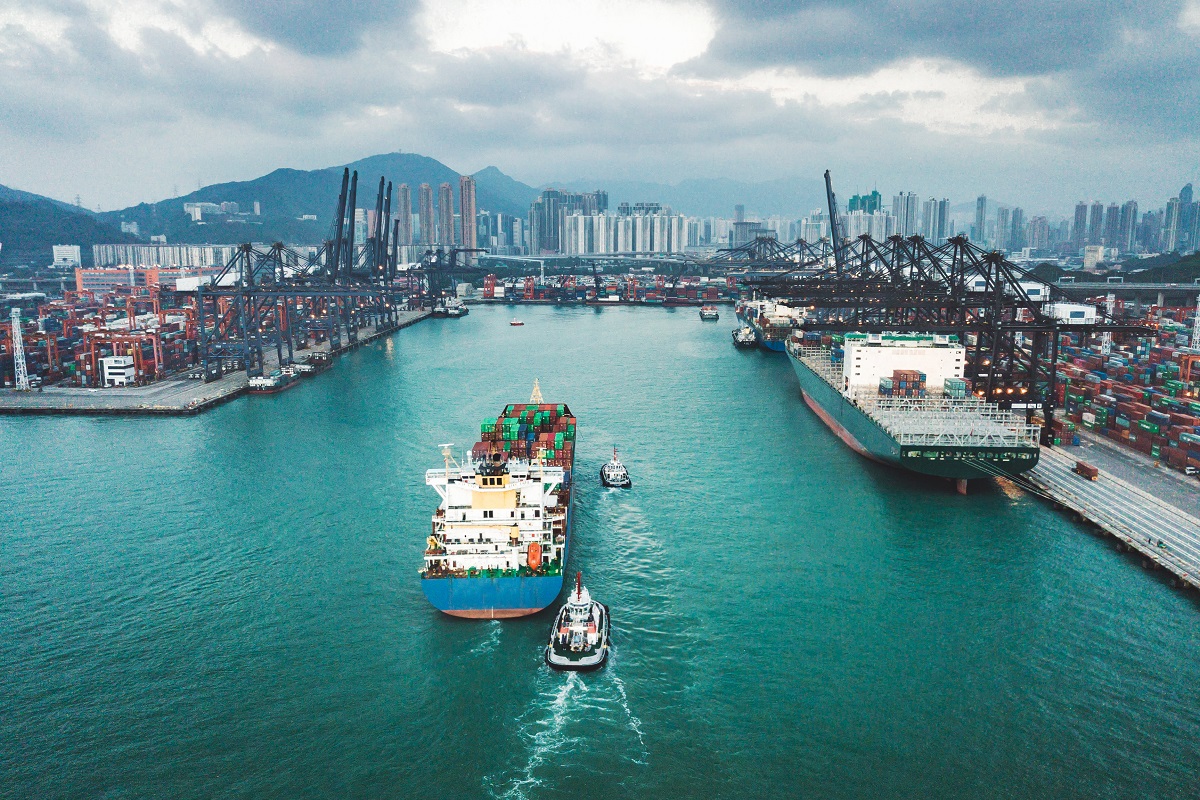Australia’s wine industry was hit hard by the imposition of tariffs by the Chinese government in 2020-21 and with signs pointing towards those tariffs finally being lifted, leading industry analysts IWSR have how the Chinese wine landscape has changed and what this will mean for Australian wine.
Hopes that the tariffs will be lifted increased last week with the interim recommendation from the Chinese government saying that the duties on Australian wine were no longer necessary.
China is currently reviewing its tariffs policy as part of an agreement that saw Australia suspend its dispute with the World Trade Organisation. That agreement is in place until 31 March, so the hope is that China’s announcement will come soon and that the interim recommendation will see the tariffs on Australian wine removed.
However, this does not mean that Australian wine will immediately return to the $1.2bn worth of sales in China, particularly as Australia’s absence over the last three years has seen the likes of Chile and South Africa fill the void. In addition, IWSR highlights that the wine market landscape in China has also evolved over the past few years, with overall volumes contracting.
“2022 was one of the most challenging years for China’s alcohol industry,” said Shirley Zhu, IWSR’s Research Director for Greater China.
“Rolling lockdowns and social restrictions limited consumption, and consumer spending waned. There will also be challenges with overstocks, as the Chinese market has rebounded slower than expected post-Covid.”
IWSR data shows a -26 per cent volume decline in total wine sales in China, 2021-2022, capping a 2018-22 CAGR of -16 per cent. 2024 will likely continue to be challenging for wine, but if the economic situation improves as expected, less pronounced declines (circa minus-two per cent volume CAGR) are forecast out to 2027.
For now, IWSR’s consumer recalled data shows that while wine originating from Australia has a significantly lower purchase incidence compared to 2019, it remains in the top three recalled purchased countries of origin. This underscores that Chinese sentiment about Australian wine remains positive, and may foster a quick rebound in sales once the supply chain has recovered.
Another change in China’s wine landscape is the growing awareness of locally-produced wine, with increasing recognition of regions including Ningxia, Shandong, and Shanxi and Xinjiang.
IWSR said: “Many industry stakeholders, however, believe the rebound for Australian wine will require a structural overhaul of the Australian wine industry. The oversupply issue is viewed by some to reach as far back as 2017 when Chinese wine consumption began declining significantly, but production of cheaper wine continued unabated. The addition of large harvests in 2020 and 2021 added to inventory levels.
“With Australian wine stocks currently at an all-time high, many wineries are struggling with oversupply, which will become even more pronounced with the upcoming vintage. France’s recent response to overcoming the wine surplus in Bordeaux has been a package including the up-rooting of vines, compensation for growers and a distillation campaign to lessen overstocks.
“While re-entering China will not be a silver bullet for Australian wine, producers are hopeful that it will help boost the industry’s outlook.”


I think our oversupply dates back a little beyond 2017. By more than a decade.